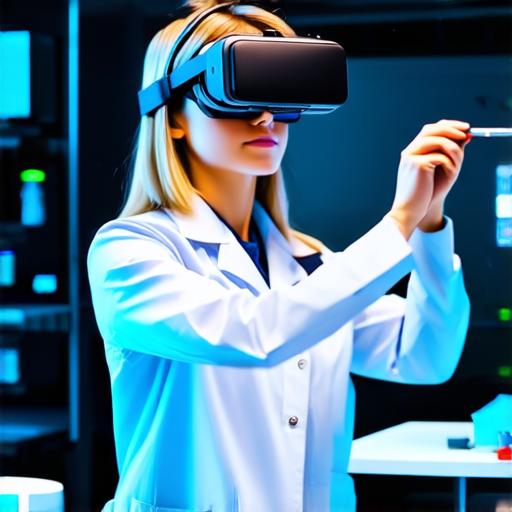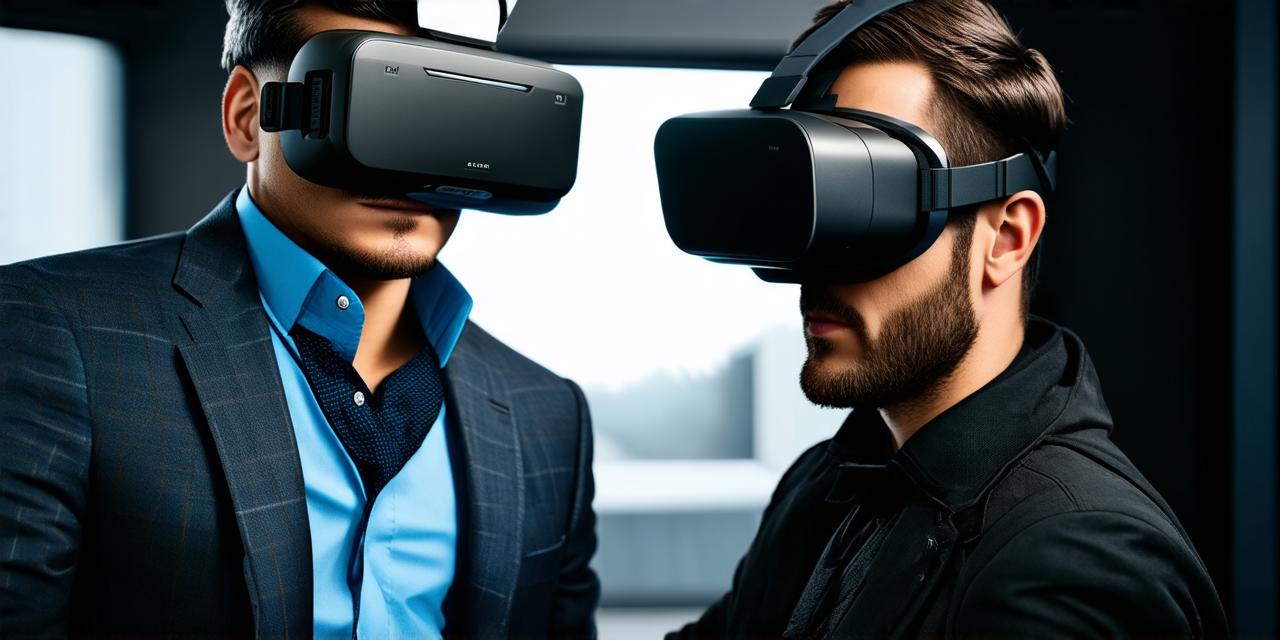Virtual Reality (VR) has emerged as a game-changer in many industries, including product development. With VR, designers and developers can create prototypes and test products in a virtual environment, saving time and resources while reducing physical waste. In this article, we will explore the benefits of using VR in product development and discuss how it is being used in different industries.
Benefits of using VR in Product Development:
- Cost-effective: Creating physical prototypes can be expensive, especially when you need to make multiple changes. With VR, designers can create and test multiple prototypes without the need for physical materials, reducing costs significantly.
- Time-saving: Traditional product development involves several stages, including design, prototyping, and testing. With VR, designers can skip the prototyping stage and go straight to testing, saving time and resources.
- Increased accuracy: VR allows designers to see and interact with their creations in a realistic environment, reducing the chances of errors and miscommunications between team members.
- Improved collaboration: With VR, teams can work together in real-time, even if they are located in different parts of the world. This improves communication and collaboration, leading to better results.

Applications of VR in Product Development:
1. Automotive: Car manufacturers use VR to design and test car interiors, reducing the need for physical prototypes. They can also simulate real-world driving scenarios to identify potential problems before they occur.
2. Fashion: Designers use VR to create virtual models of their clothing designs, allowing them to make changes quickly and easily. This reduces waste and saves time in the production process.
3. Architecture: Architects use VR to create virtual models of buildings, allowing clients to experience the design in a realistic environment. This helps clients visualize the final product and make changes early on in the design process.
4. Medical: Medical professionals use VR to simulate surgical procedures, reducing the need for physical training materials and improving patient outcomes.
Conclusion:
Virtual Reality has revolutionized the way products are designed and developed. By using VR, designers and developers can save time, reduce costs, and improve accuracy and collaboration. The applications of VR in product development are vast and varied, from automotive to fashion and beyond. As technology continues to advance, we can expect to see even more exciting developments in the use of VR in product development.
